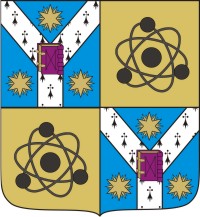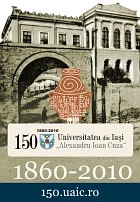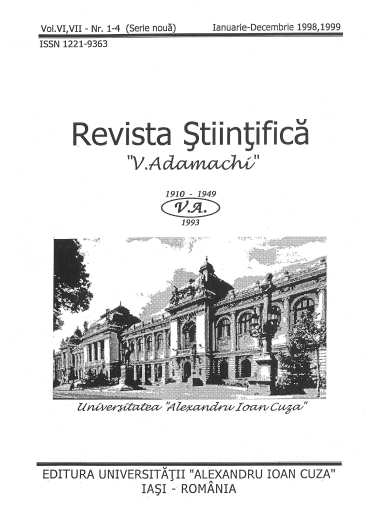 Facultatea de Fizică
Facultatea de Fizică
Universitatea "Al.I.Cuza" Iaşi
|
| Titlu: On the Hydrophilic Properties of Nb-Doped TiO2 Thin Films |
| Autori: Catalin Adomnitei1, Diana Mardare2 |
| Afiliere: 1Faculty of Physics, Master - Physics and Environmental Protection Section, “ Alexandru Ioan Cuza” University, Iasi, Romania 2Faculty of Physics, “ Alexandru Ioan Cuza” University, Iasi, Romania |
| Abstract: Environmental protection is one of the most important problems of the humanity. In this respect, concern for the development of alternative technologies has increased in the last few years; they are less polluting and maintenance costs are much lower. Photocatalysis is a promising method and can be used in the photodegradation of different polluting organic compounds existing on water and air. TiO2 is known for its high oxidative and chemical stability in unfriendly environment. Being nontoxic and having a low purchase price it is a good candiadate in photocatalysis. However, the large optical band gap of these films (about 3.2eV for anatase) requires the activation with near-UV light radiation (λ≤390nm), which make the process ineffective, since only 2-3% of solar energy spectrum is near-UV. To increase its efficiency, the widening of its wavelength sensitization range in the visible domain is necessary. This problem can be remedied by doping TiO2 with different metals. A rapid evaluation of these films photocatalytic activity, can be indirectly done via wettability measurements, as long as the surface hydrophilicity is intimately associated with their oxidizing capacity, despite different mechanisms that rule these two features. In this paper we have studied the structural and hydrophilic properties of the undoped TiO2 and Nb-doped TiO2 thin films, deposited by spray pyrolysis. The as-deposited films are amorphous as shown by X-Ray Diffraction (XRD). By heat-treating them at 400 °C for two hours, they became pure anatase. The hydrophilic properties of all the films were investigated, and a comparison was made as a function of the heat treatment, and as a function of Nb-doping. All the samples reached superhydrophilicity (contact angles lower then 5 deg.), after irradiation times specific to each sample. |
Download link:
|
|
|



